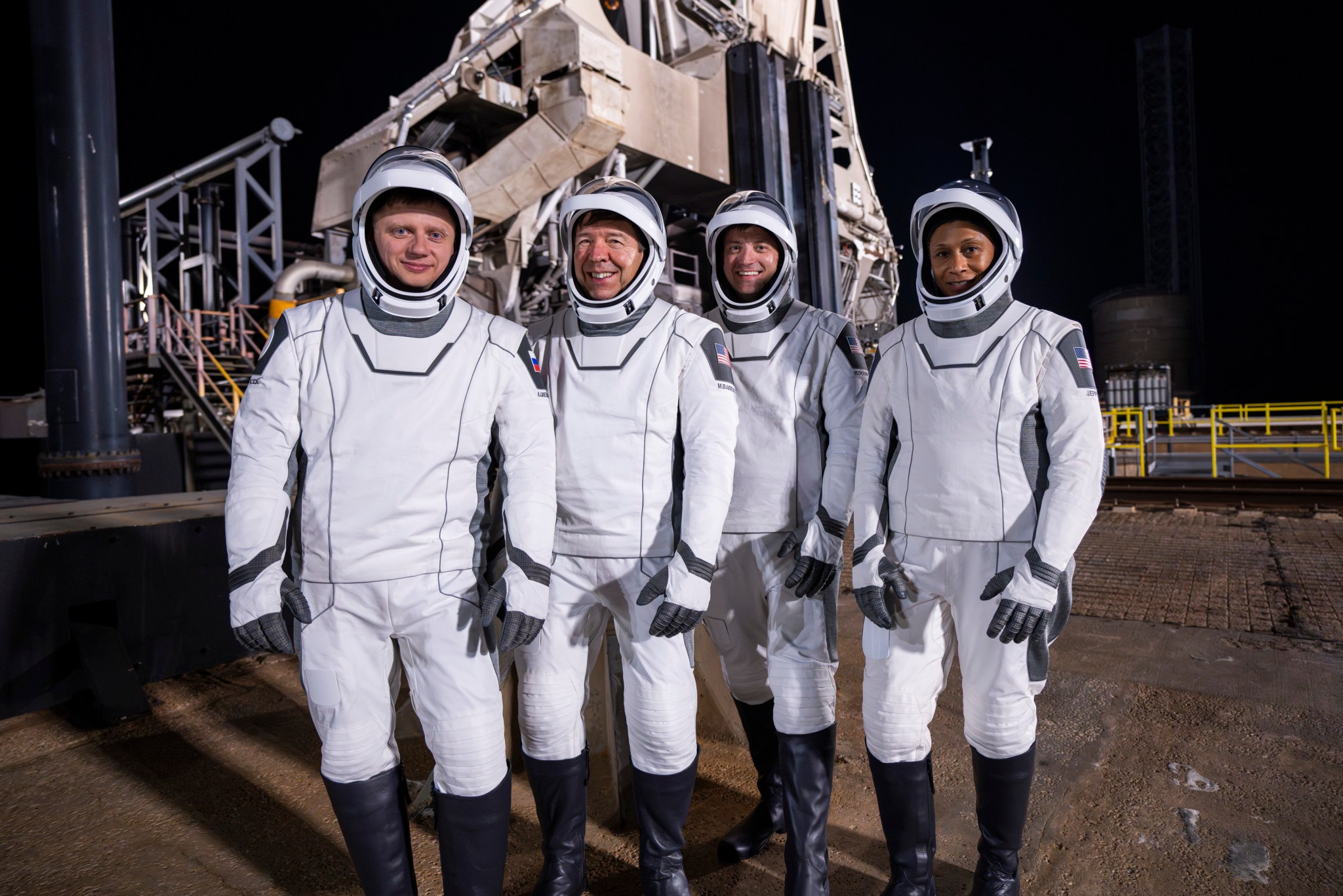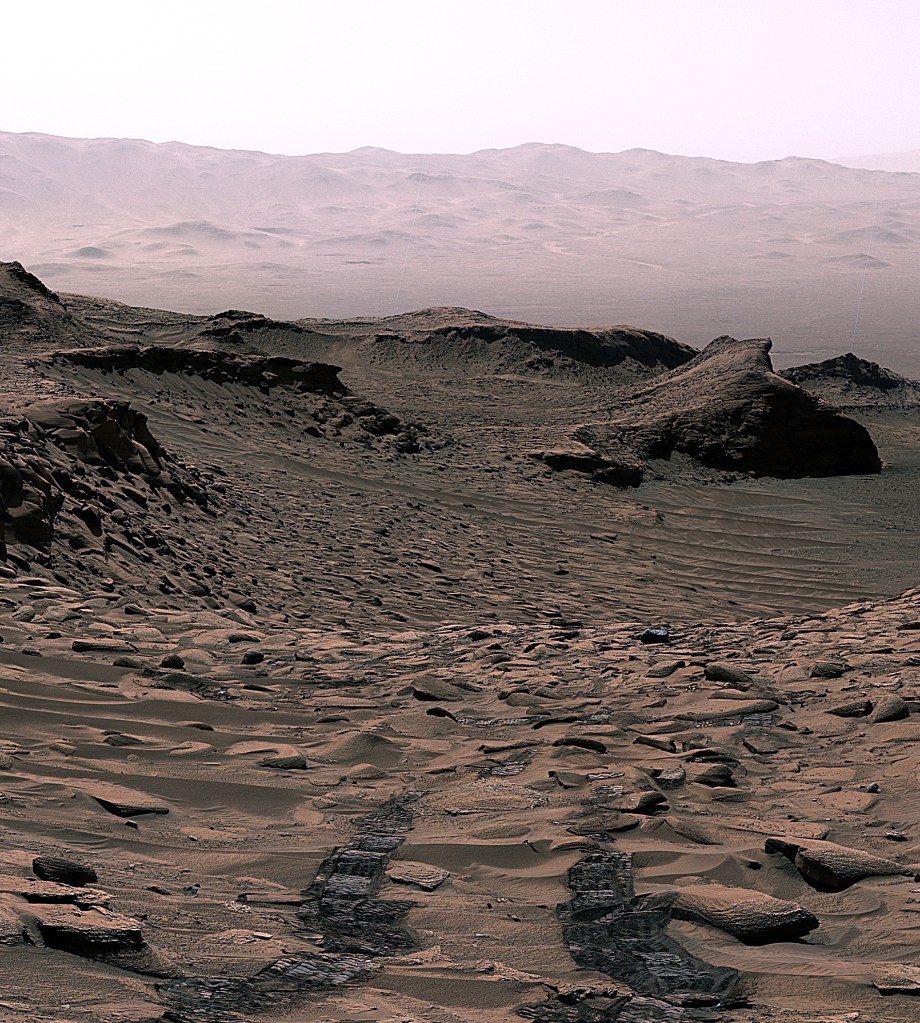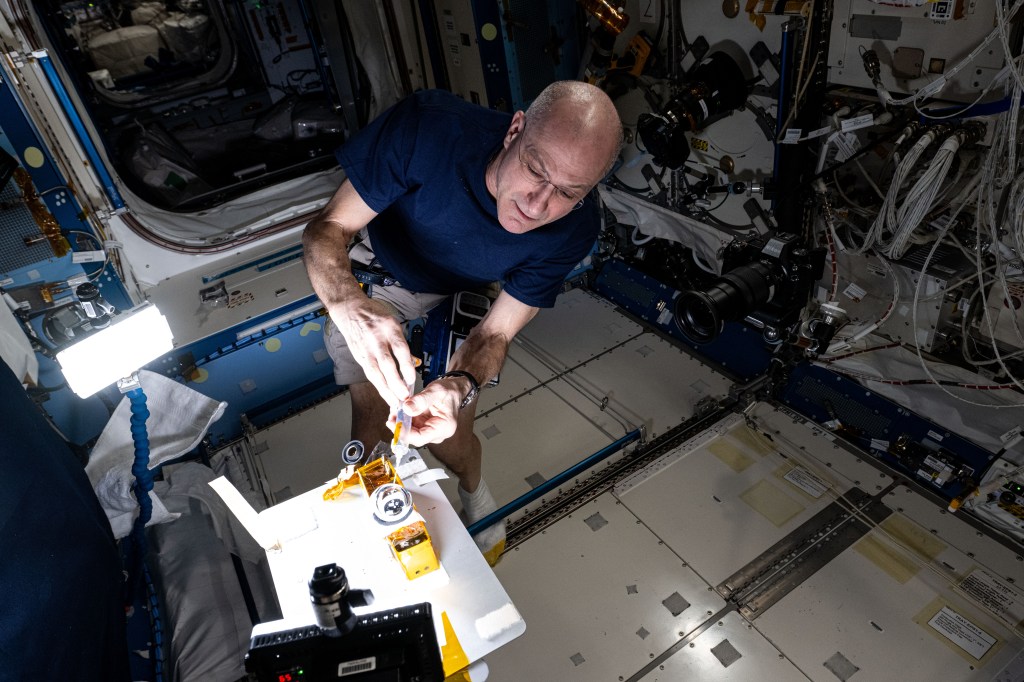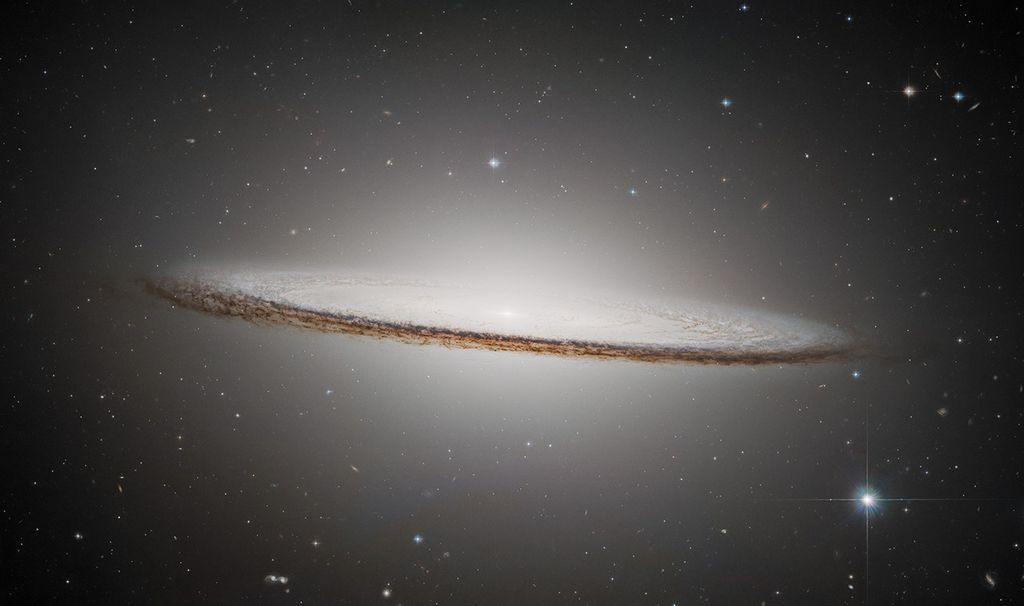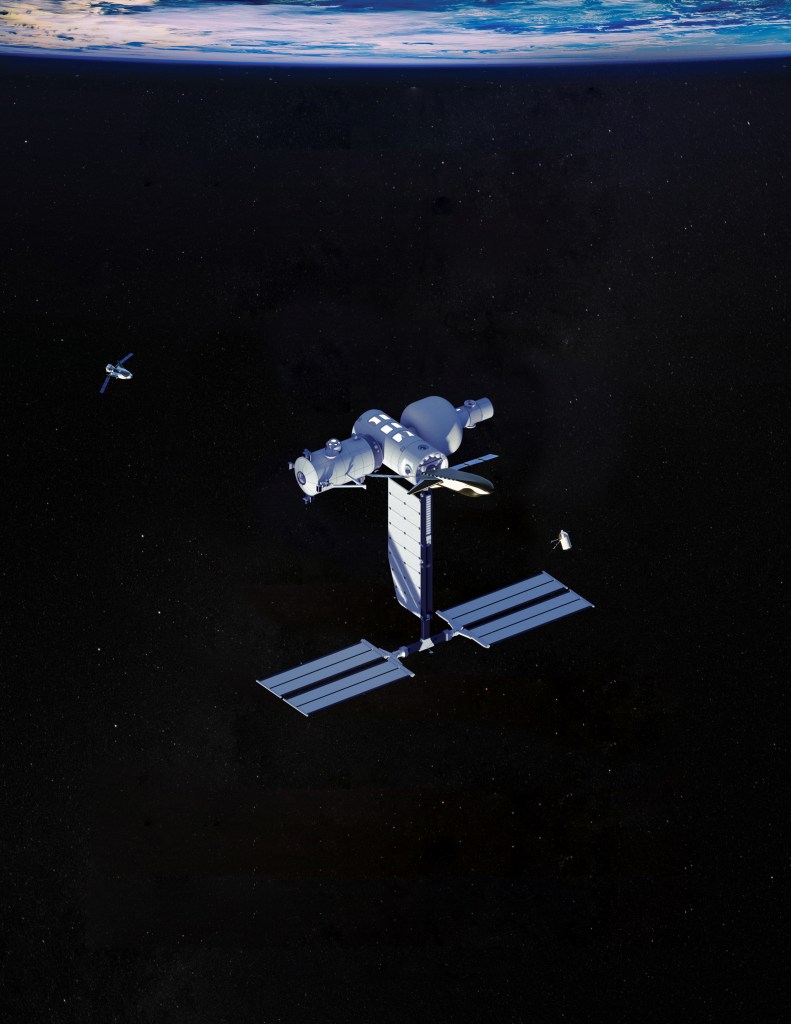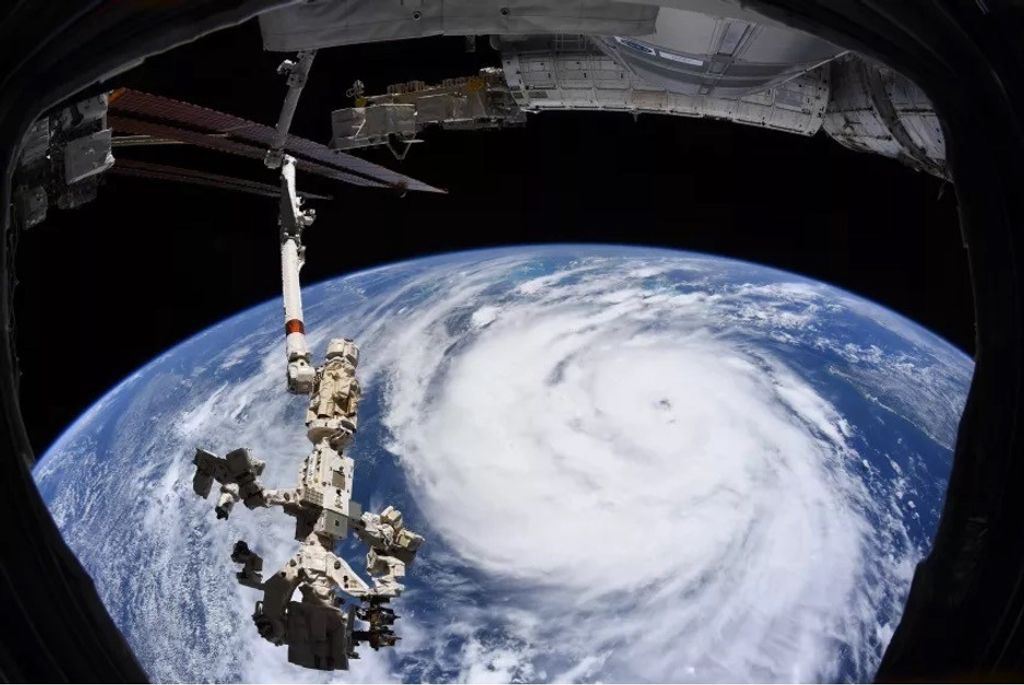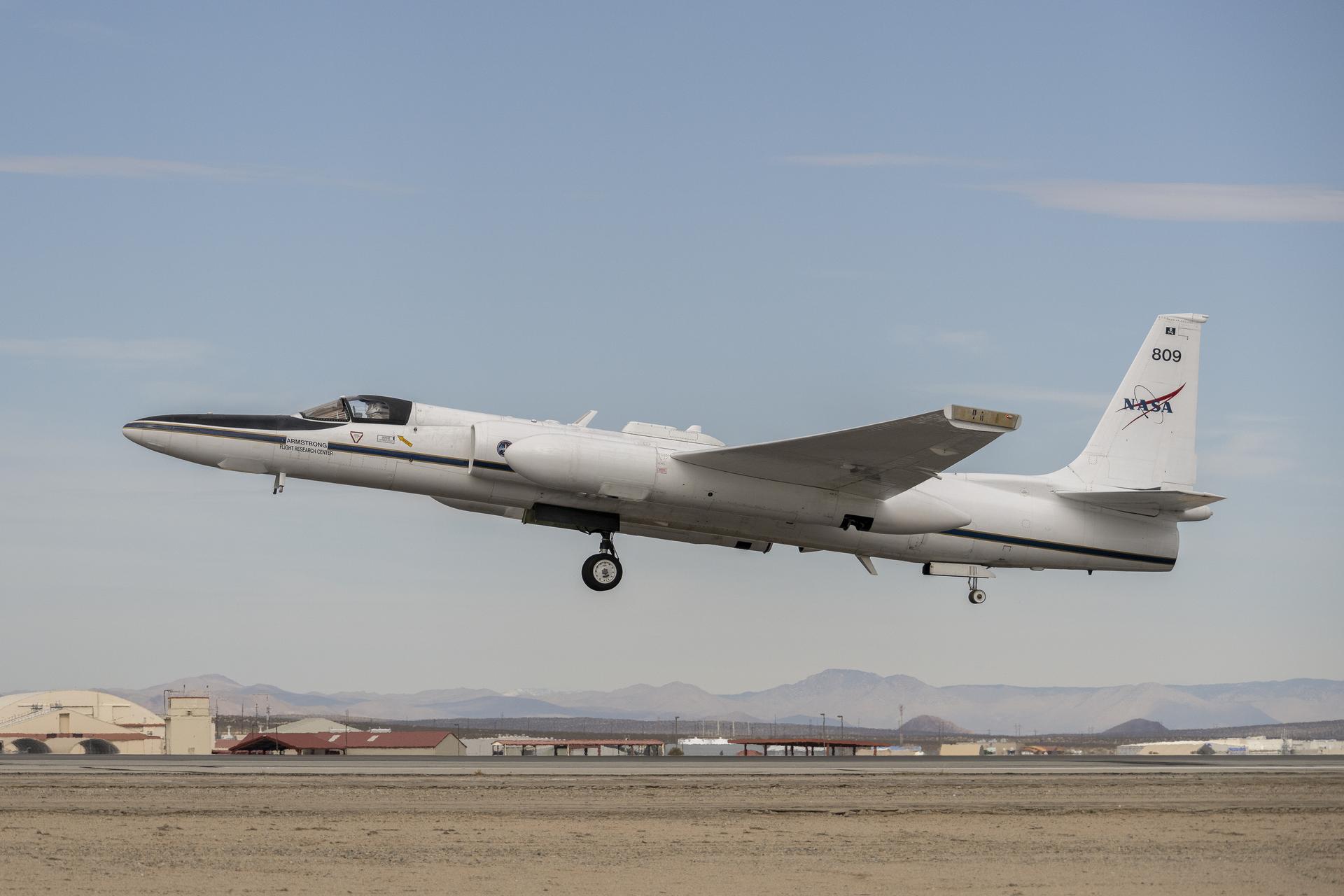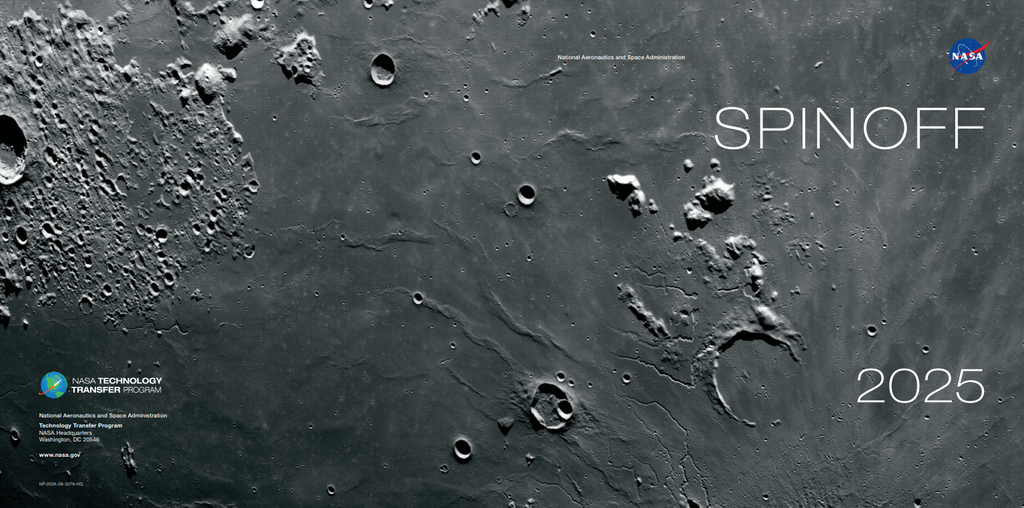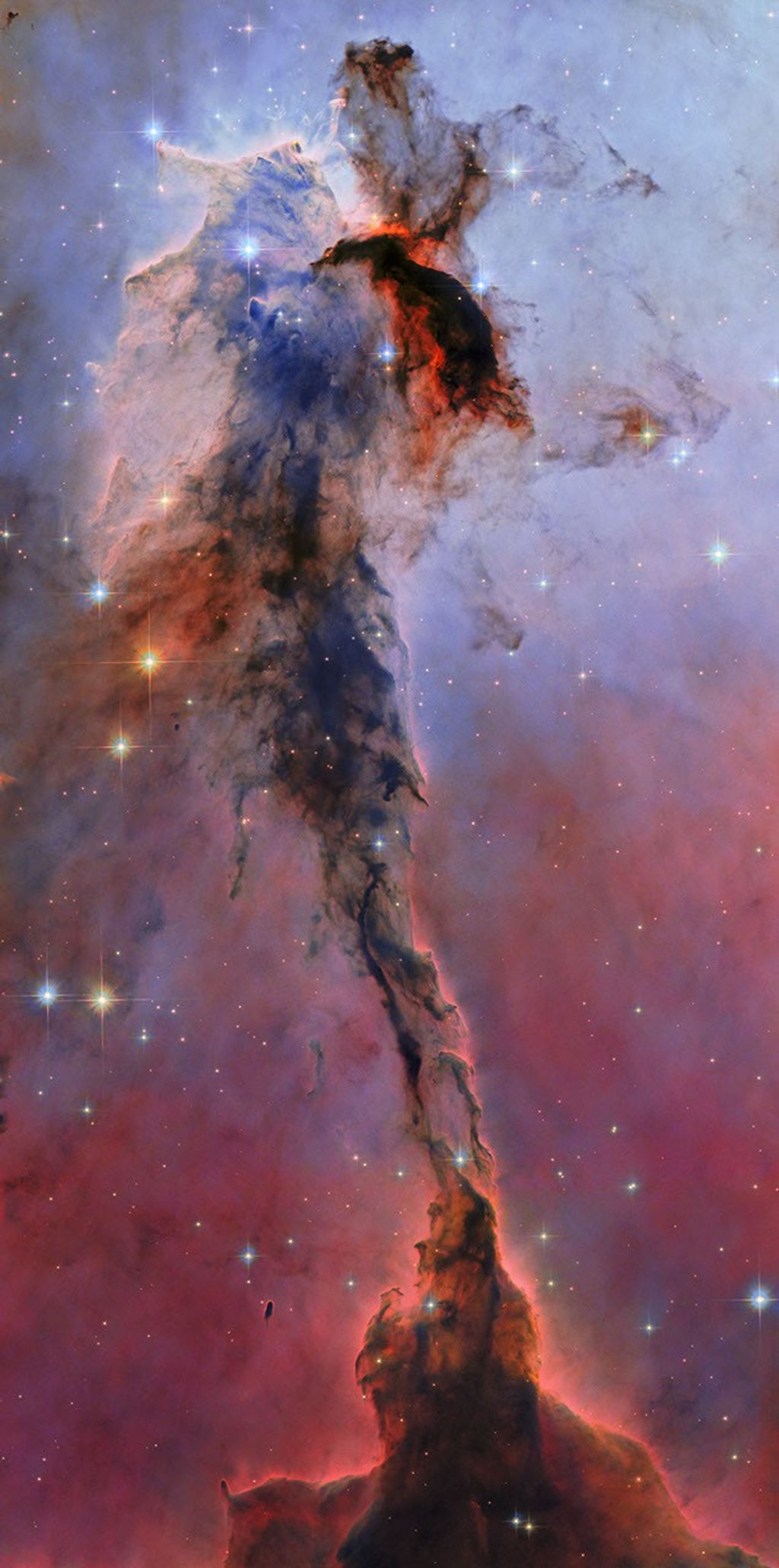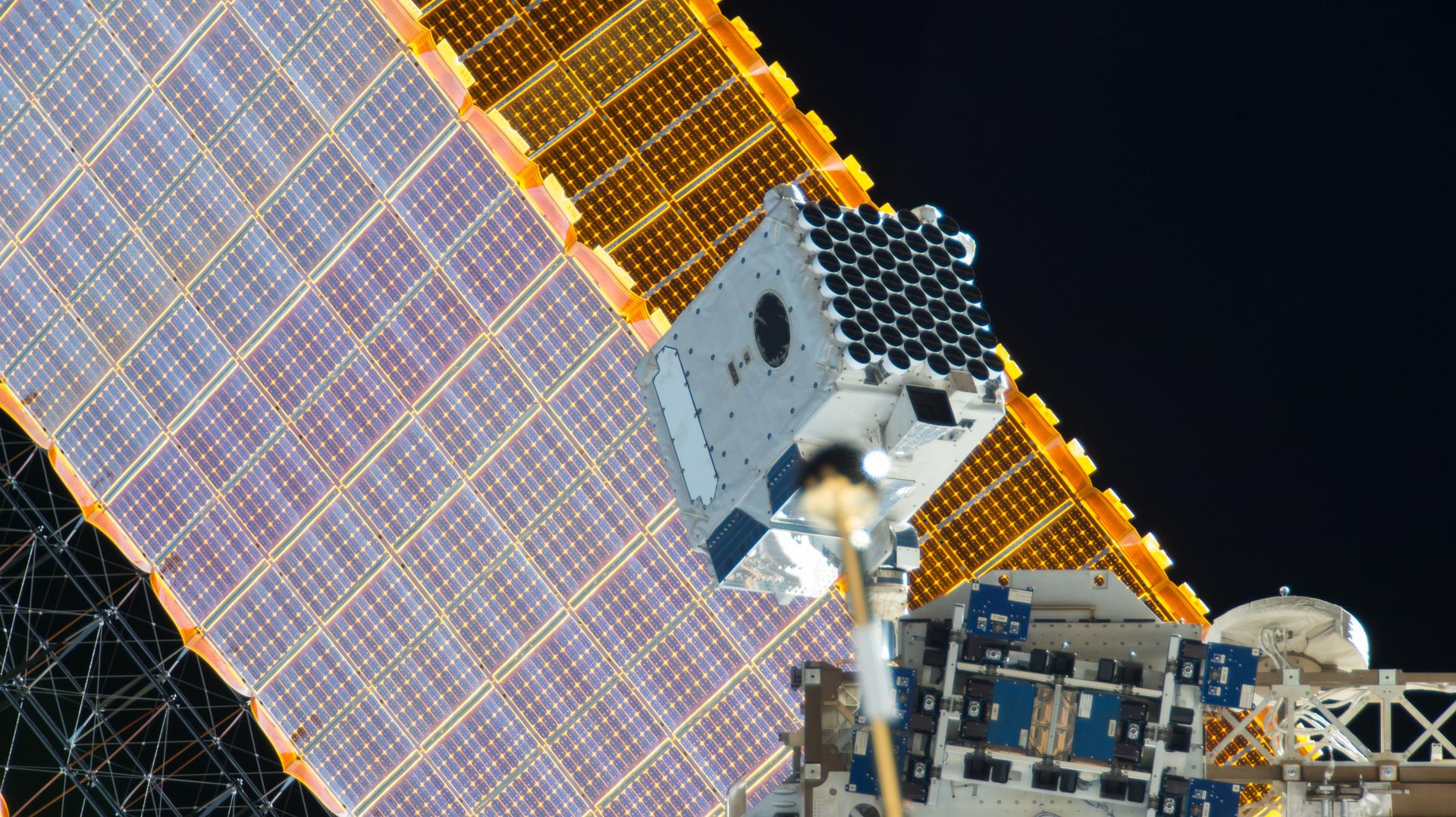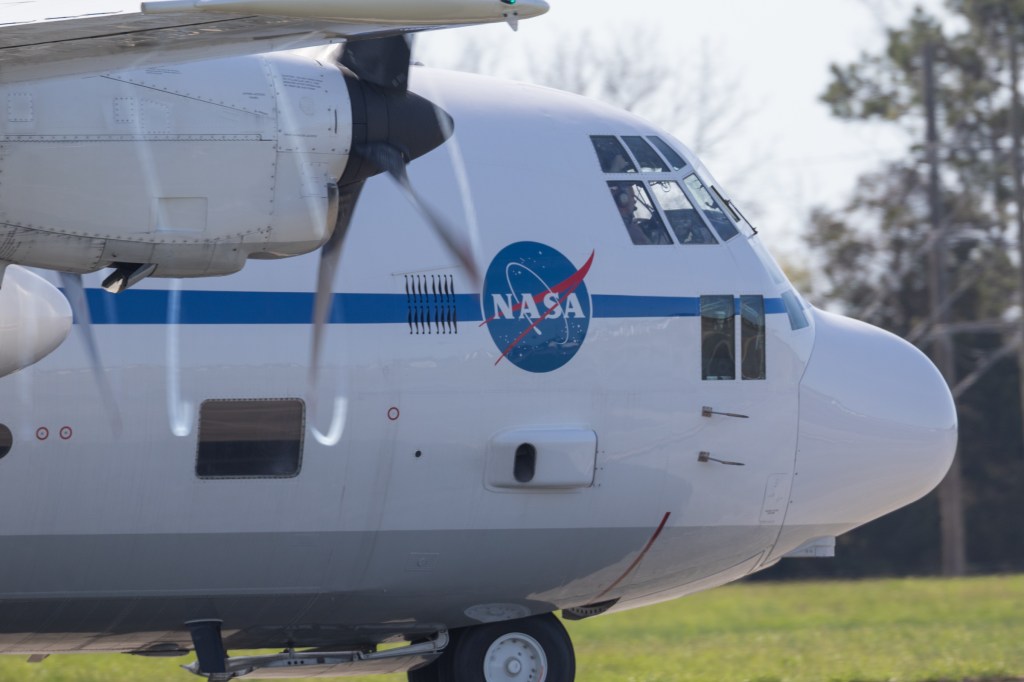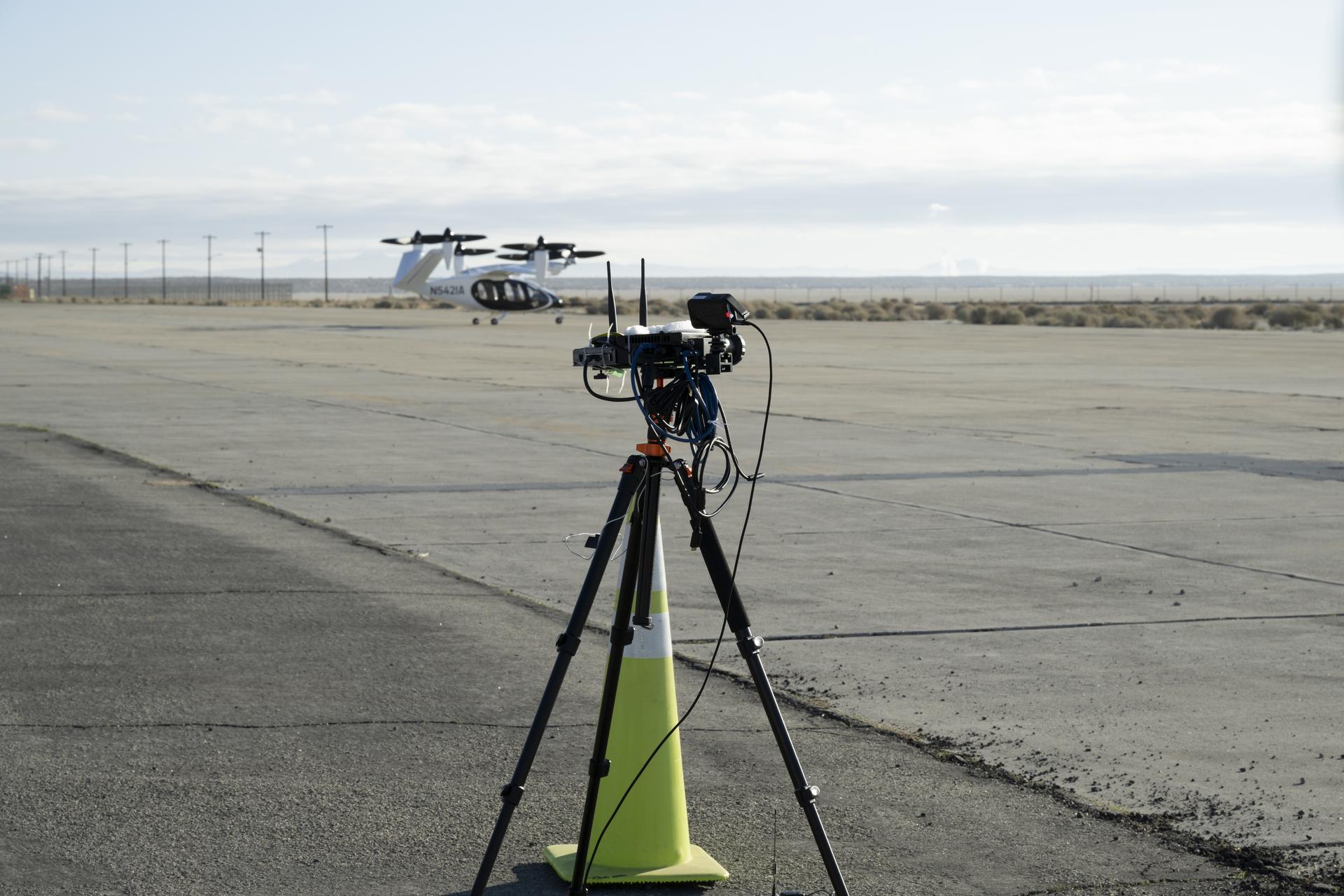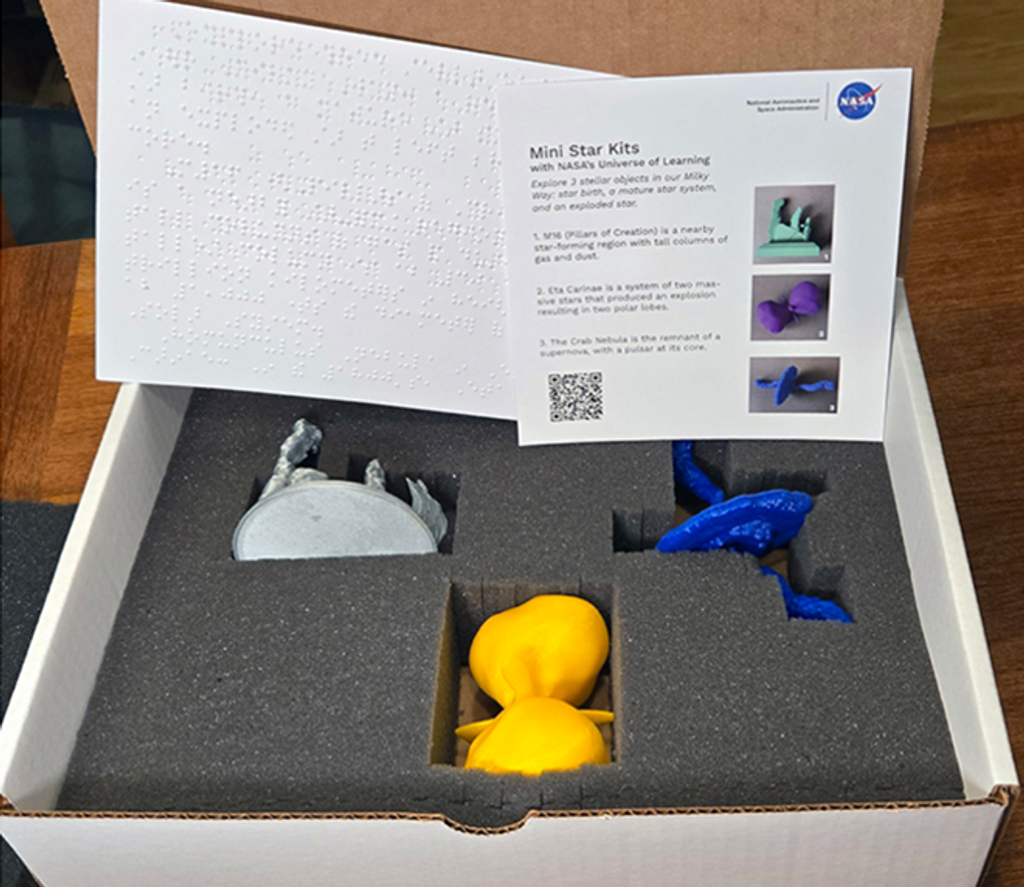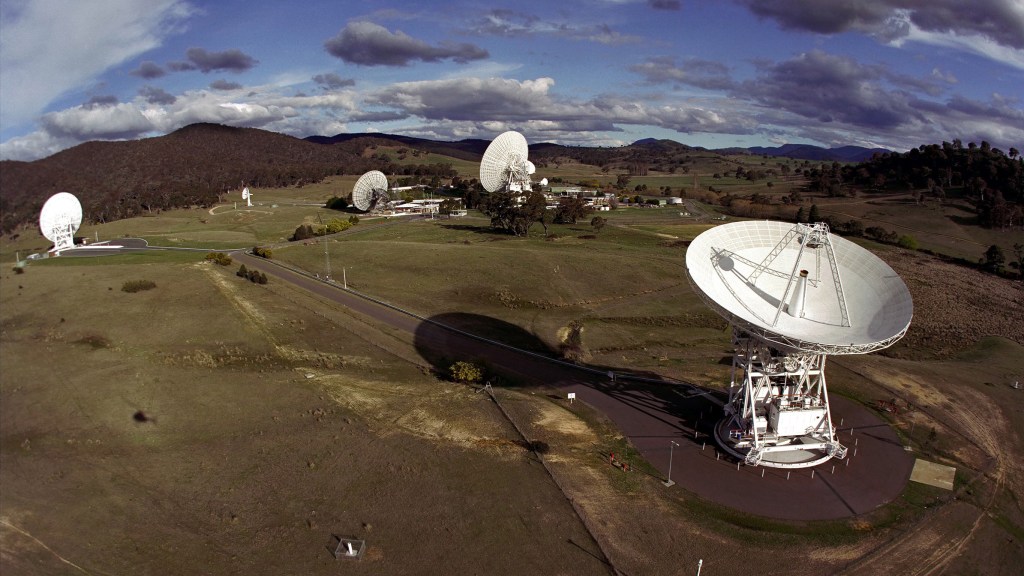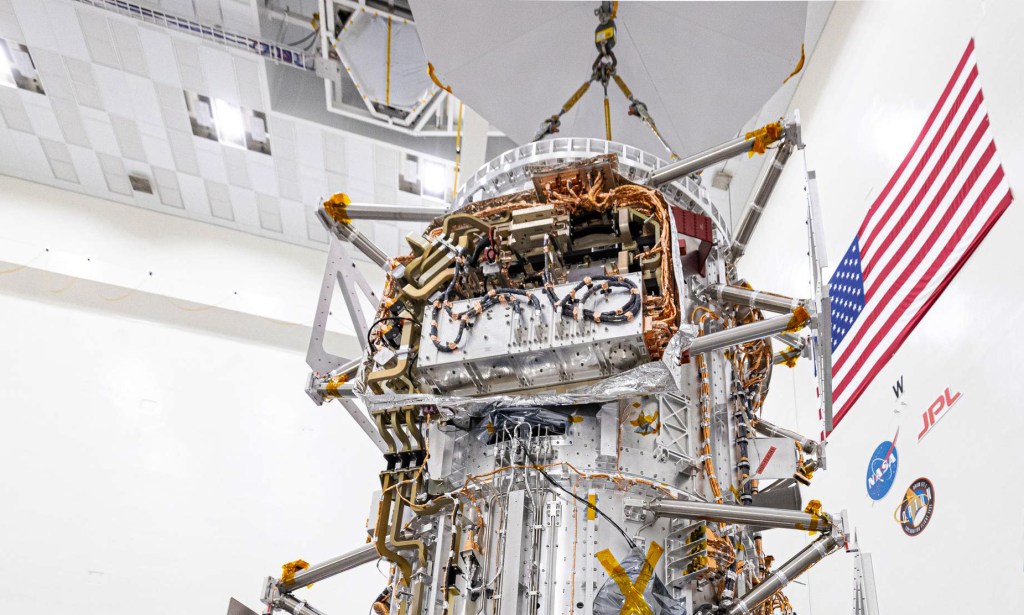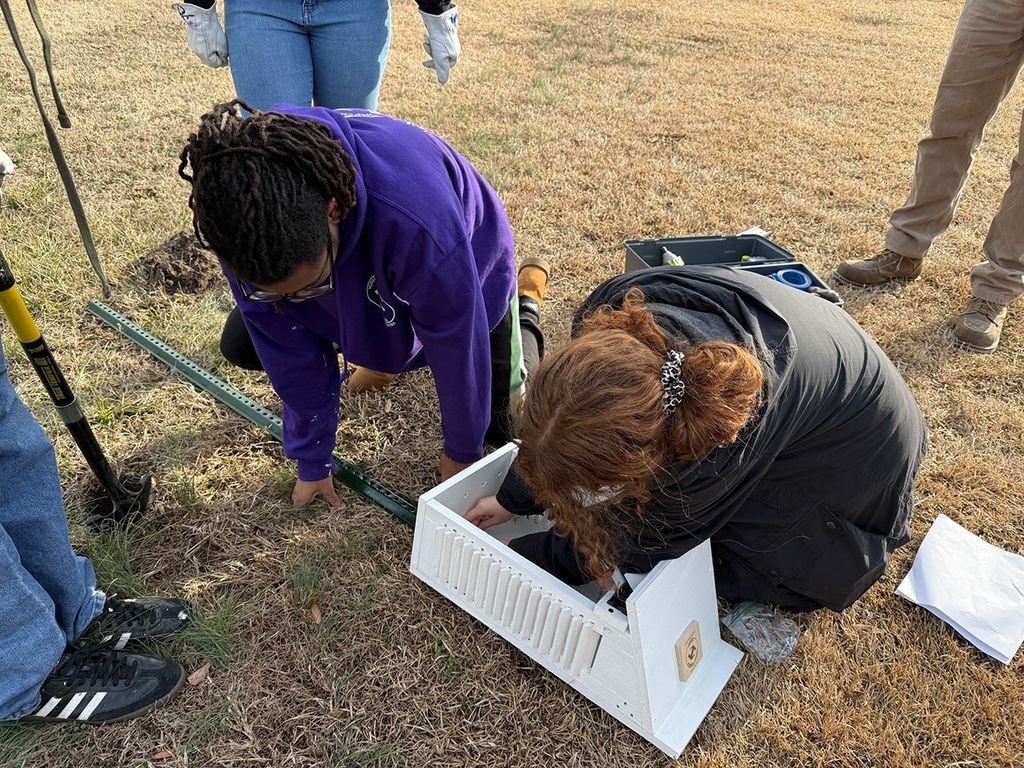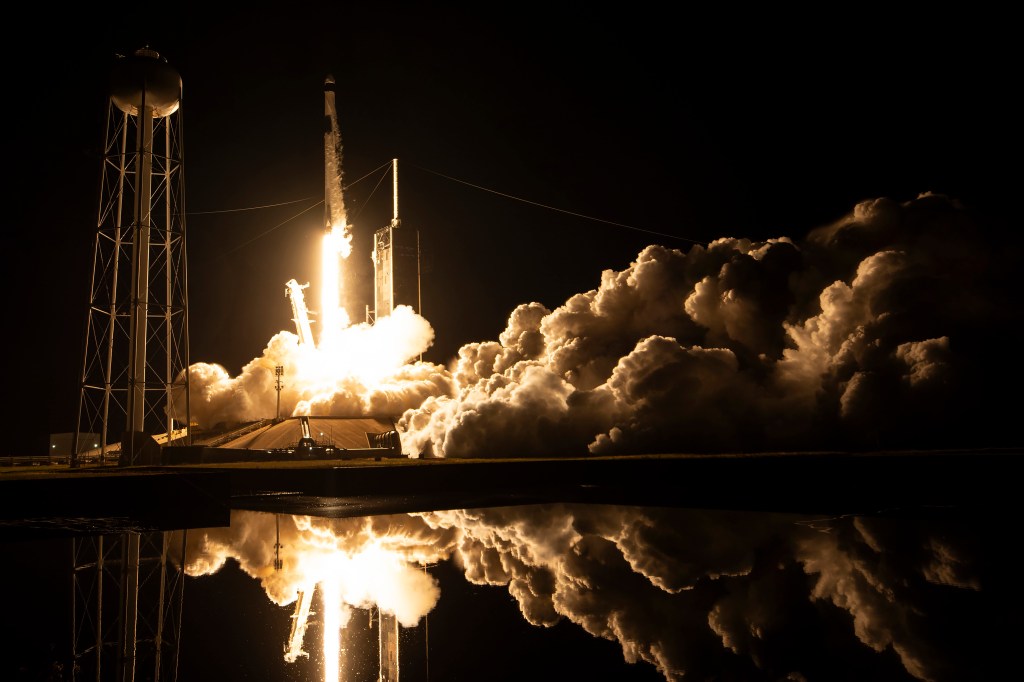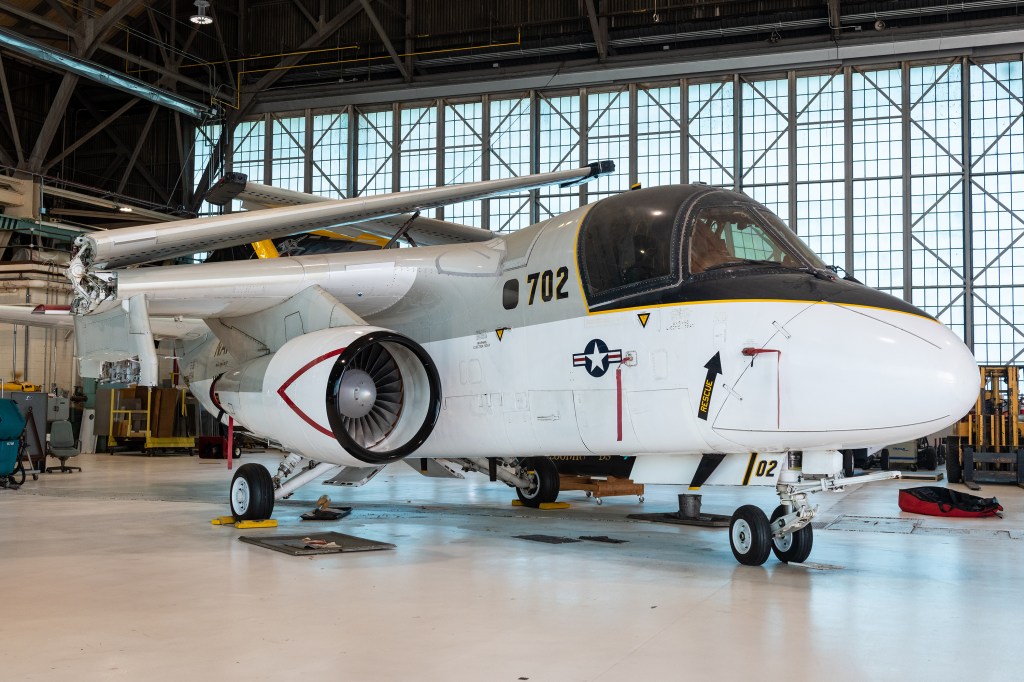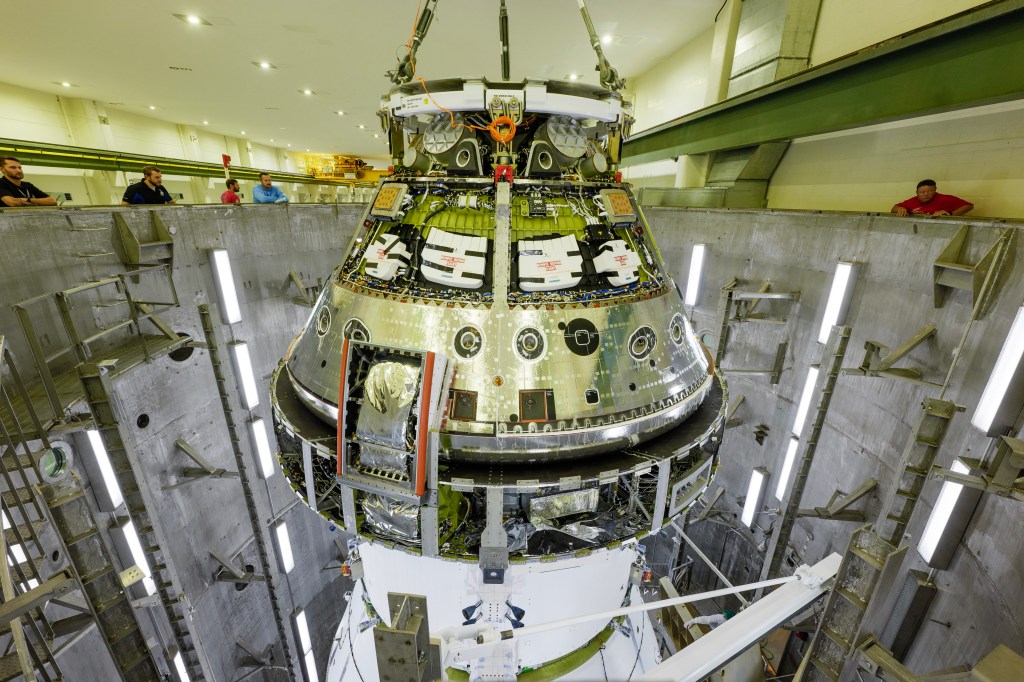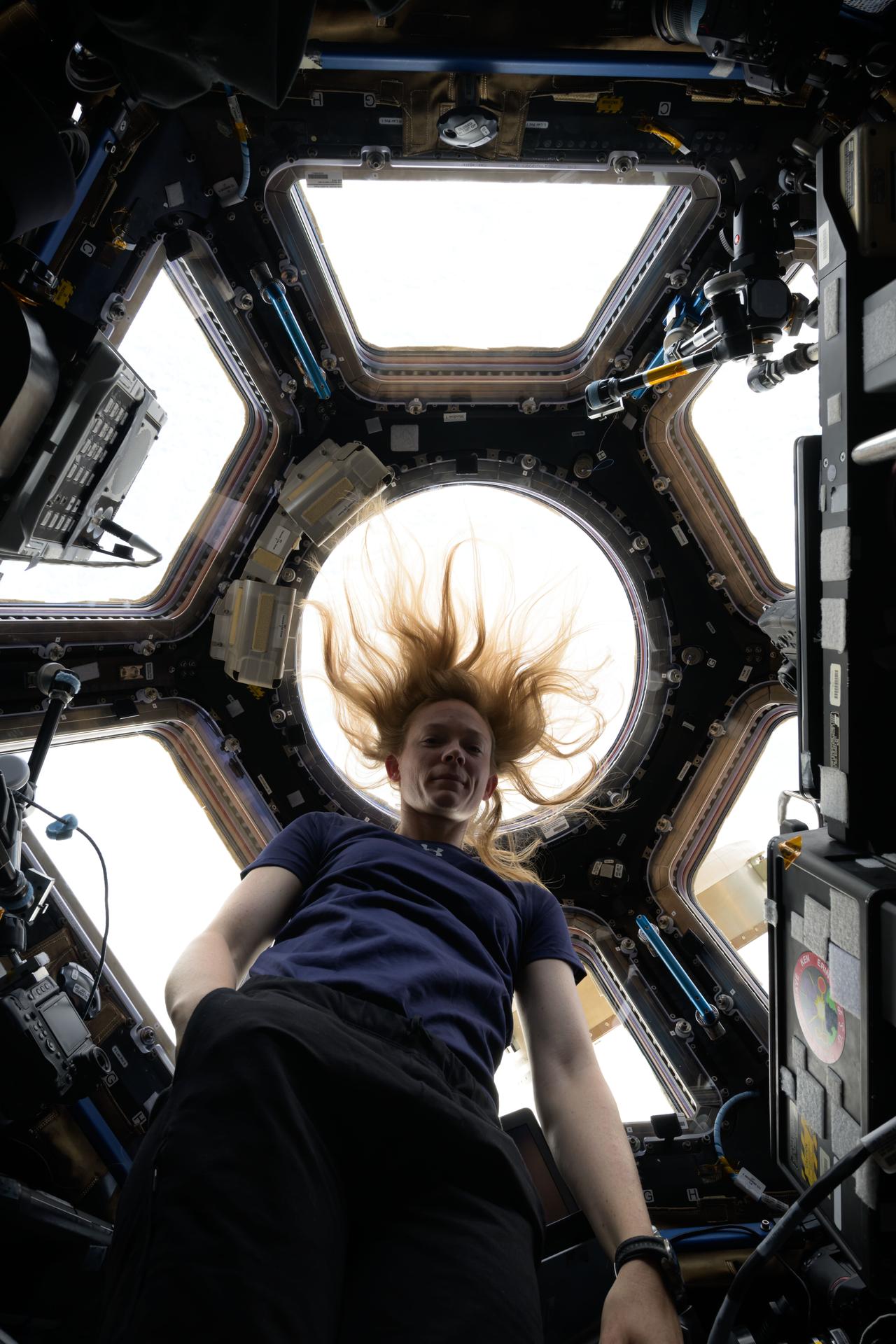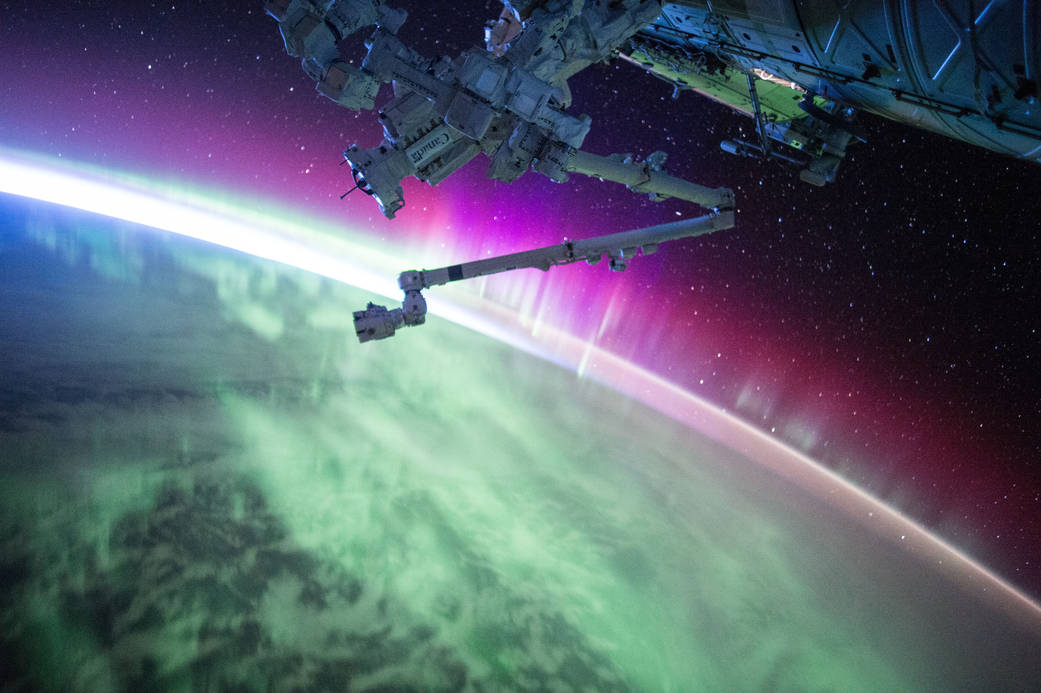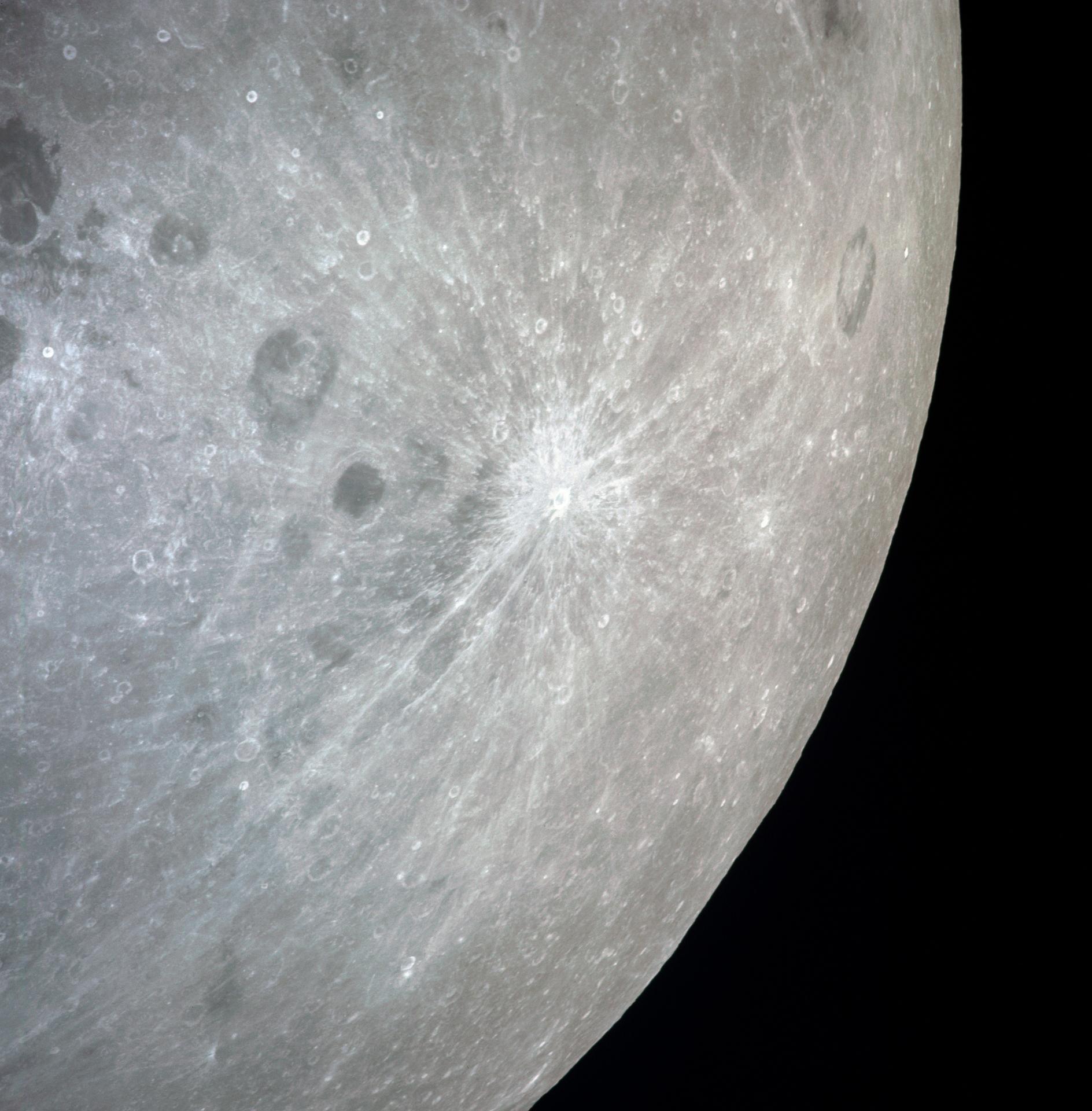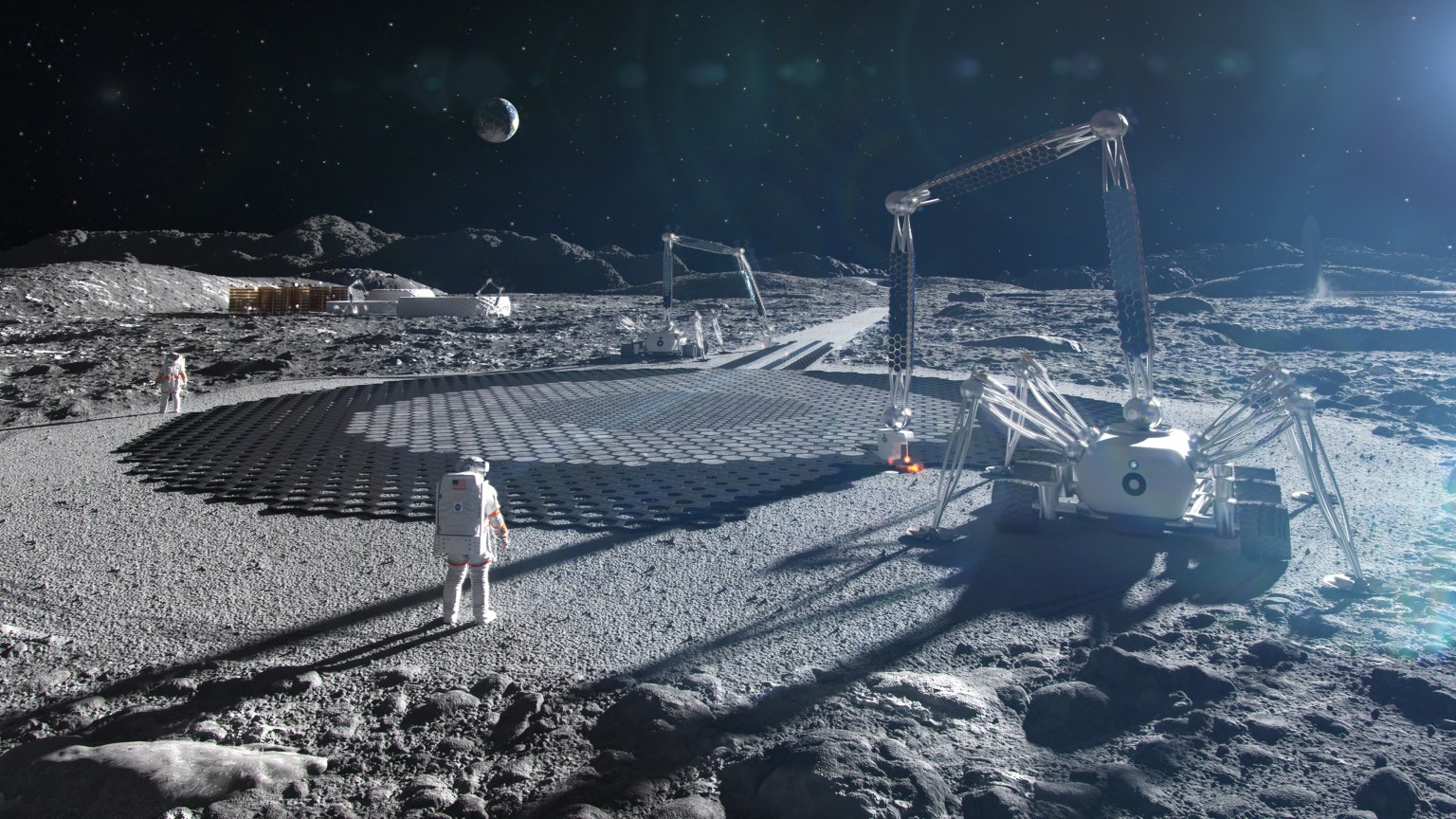Low Earth Orbit Economy
As the International Space Station nears the end of operations, NASA plans to transition to a new low Earth orbit model to continue leveraging microgravity benefits. Through commercial partnerships, NASA aims to maintain its leadership in microgravity research and ensure continued benefits for humanity.
Learn More about Low Earth Orbit Economy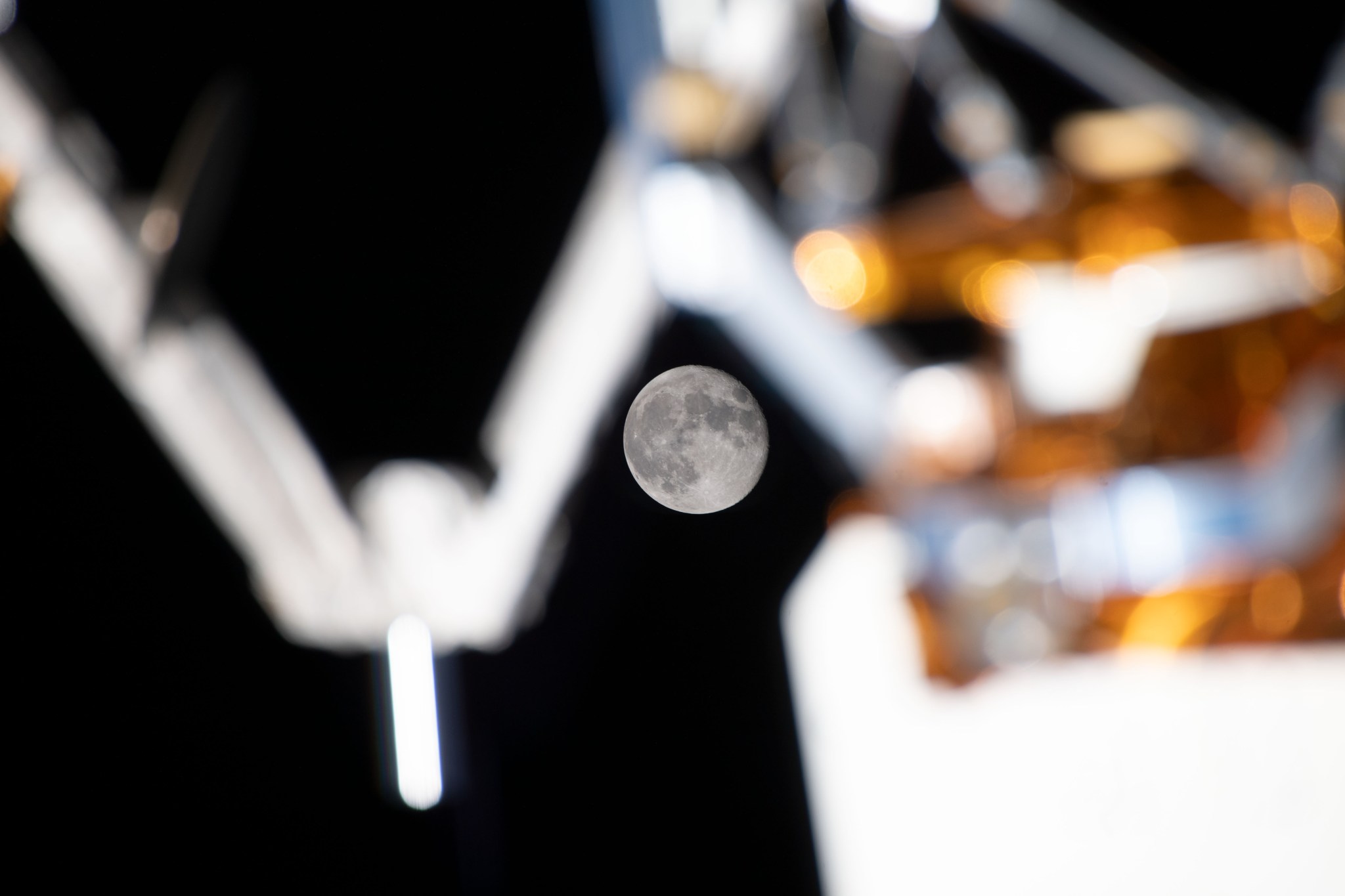
Private Astronaut Missions
Private astronaut missions to the International Space Station help pave the way toward commercial space stations as part of NASA’s efforts to develop a thriving low Earth orbit ecosystem and marketplace.
Learn More about Private Astronaut Missions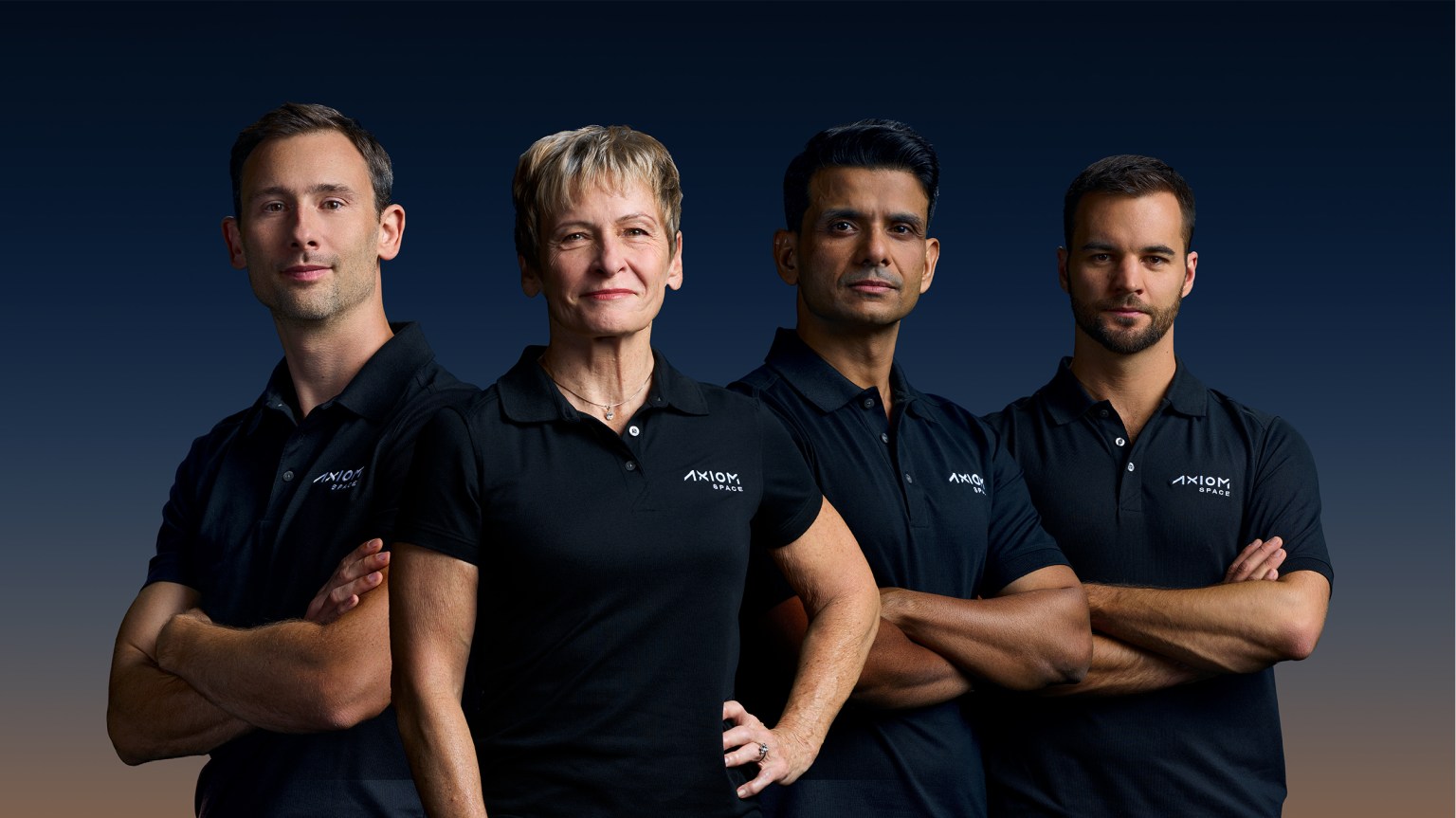
Commercial Space Stations
NASA is committed to maintaining a continuous human presence in low Earth orbit as the agency transitions from the International Space Station to commercial space stations.
Learn More about Commercial Space Stations
Growing the Lunar Economy
NASA is leading Artemis, humanity’s return to the Moon. With international partners and U.S. industry providers, the future at the Moon holds promise for a robust lunar marketplace.
Learn More about Growing the Lunar Economy
Human Landing Systems
NASA’s commercial providers, SpaceX and Blue Origin, are building the human landing systems that will carry Artemis astronauts to the lunar surface and back to lunar orbit for their ride home to Earth aboard the Orion spacecraft.
Learn More about Human Landing Systems
Commercial Lunar Payload Services
NASA is working with several American companies to deliver science and technology to the lunar surface through the Commercial Lunar Payload Services initiative. These companies, ranging in size, bid on delivering payloads for NASA. Under Artemis, commercial deliveries are performing science experiments, testing technologies, and demonstrating capabilities to help NASA explore the Moon.
Learn More about Commercial Lunar Payload Services
Commercial Crew Program
NASA’s Commercial Crew Program is delivering on its goal of safe, reliable, and cost-effective human transportation to and from the International Space Station through a partnership with American private industry.
Learn More about Commercial Crew Program